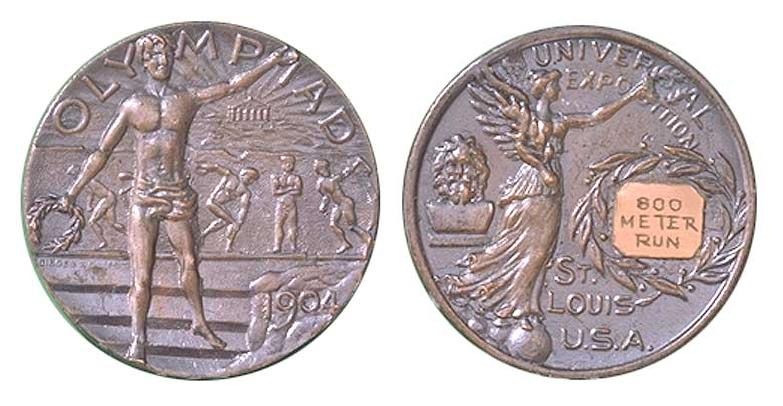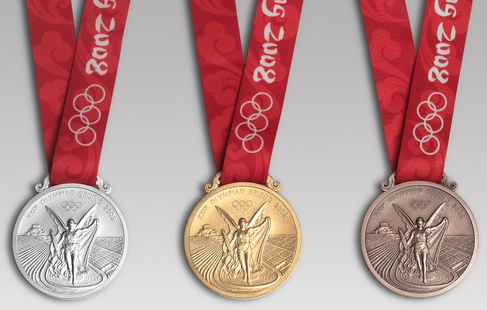Gold Medal Gets Big Money
An original olympic gold medal just sold at auction


A first generation Olympic gold medal, introduced in 1904, is a very rare find nowadays. This week, one of them appeared on auction and sold for $545,371.
Bearing the inscription “Olympiad, 1904”, one side shows a victorious athlete and on the other side, Nike, the ancient Greek goddess of victory.
The original Olympic Games in ancient Greece, from 776 BC to 393 AD, did not have medals as we know them today. Winners were instead awarded with olive wreaths or crowns.
The first modern games 1896, Athens, the winners of the first modern Olympics received silver medals along with an olive branch and diploma.
It wasn't until the 1904 St. Louis Olympics that the medals began to resemble what we recognise today. Gold medals were introduced but still weren't pure gold, they were made of silver with gold plating.
After World War II, the amount of gold in the medals decreased due to rising costs.
Over time, the composition of the gold medal has varied. Since the 1980s, the gold medal has been required to contain at least 6 grams of gold, but it's primarily made of silver with gold plating. The rest is usually made from other metals like copper or bronze.


Silver, Gold & Bronze medals from Beijing 2008
Pic by Cedric Sonrel
800m Silver Medal from 1904
Author unknown
Some recent Olympics have included innovative designs or materials. For instance, the Tokyo 2020 Olympics medals were made from metals extracted from recycled electronics donated by the public.
The Olympic gold medal symbolises not just victory but also the spirit of the Games, uniting athletes from around the world in various disciplines. Each medal reflects the host city's culture, technology, and values at that moment in time.
This move towards gold-plated medals was part of an ongoing evolution of the Olympic Games to honour athletes in a manner that was both symbolic and economically feasible. The tradition of using gold-plated silver for the top prize continues to this day, reflecting both tradition and practicality in the Olympic medal design.
----------